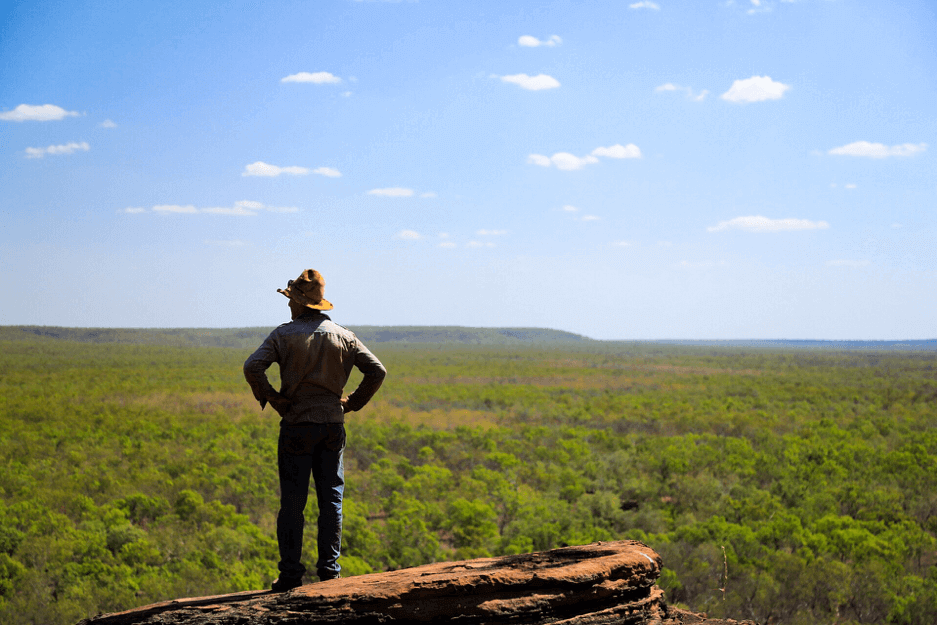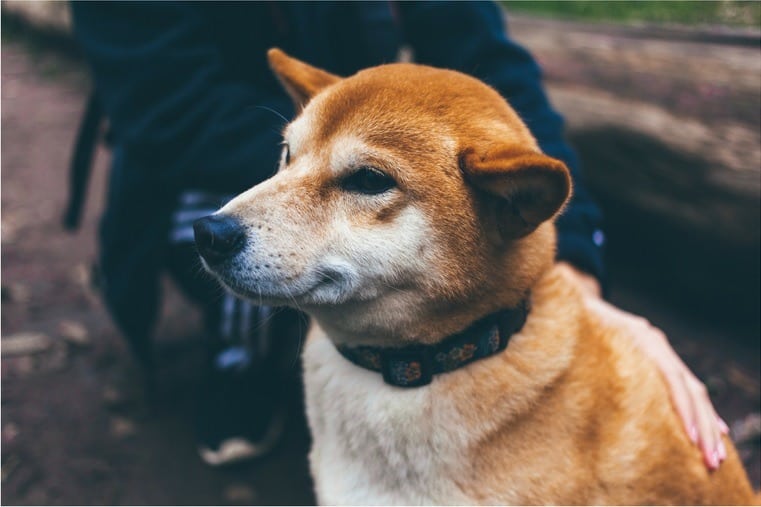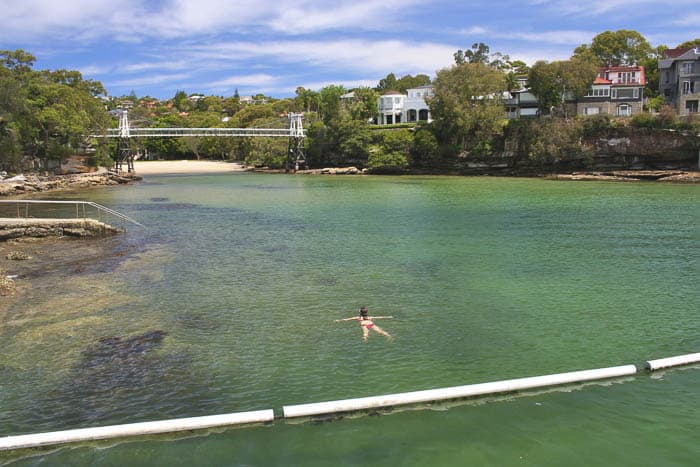Destination Feature-Fraser Island Part One
Back in the day, when I was young, footloose, and fancy free, my boyfriend and I did a backpacking tour of Fraser Island. We had a brilliant time discovering the main attractions of K’Gari (Fraser’s indigenous name-meaning ‘paradise’), and it remains one of our most memorable trips to date.
Which is quite a feat considering how much beer was consumed that week. However. I digress.
As soon as we stepped off the barge from Hervey Bay, we were spellbound by Fraser’s raw beauty. The ancient rainforest (that, incredibly, grows on sand), the crystal clear streams and lakes, the white sandy beaches and the golden dunes stretching as far as the eye can see, makes Fraser Island an ecological masterpiece, well deserving of it’s World Heritage Listing.
Fraser, at 123km long and 20km wide, is the world’s largest sand island. Running along the south eastern coast of QLD, it’s really close to Hervey Bay, which, coincidentally or not, is the happiest town in Australia. And why wouldn’t you be? This place really is paradise.
The sand that forms the island is originally from the Hawkesbury, Hunter and Clarence river catchments in NSW, and is in a constant state of flux. With year-round south-easterly wind, the sand dunes on the island move at the rate of 1 to 2 metres a year.
As we bounced along the sand in our Land Rover towards our accommodation, we realised how lucky we were that our tour was led by locals that knew what they were doing. 4WDing on sand can be tricky, and Fraser Island is notoriously unforgiving to inexperienced drivers. There were plenty of them stuck in the sand along 75 Mile Beach, so a word to the wise: Make sure you’re competent and experienced in sand driving, and take your mates with you if you can. We recommend training with Getabout Training Services, who offer sand driving, off road towing and recovery training courses.
Don’t get caught in Fraser Islands tides!
You can find a safety guide for driving on Fraser Island here
You need to obtain a permit to drive on the island,which you can buy online or at the Fraser Island Recreation Area. You also need a camping permit if required from the Kingfisher Bay Resort front office.
Fraser Island has been inhabited by humans for over 5000 years, and the evidence of the indigenous eating and meeting places are still easily found, with middens and ancient campsites scattered all around the island. Nowadays though, the resident population is less than 200, and you’re probably more likely to see one of the islands famous dingoes than a local.
(C) Darren Tierney Photography
The dingoes on the island are the most purebred dingoes in Australia. You may be surprised to see how small and wiry they are if you aren’t used to seeing them in the wild-but they are certainly well fed, healthy and strong. They’re quite prevalent on the island especially at night-so pack your food away and keep your campsite clean. And above all-make sure your children are in sight at all times. Tragically, dingoes have attacked and killed people, including children, on the island before. So don’t feed them-treat them with respect and caution.
Top Ten Sites on the Island
Here are the ten most memorable sites that I visited while on the island.
1. Lake McKenzie
Lake McKenzie is arguably Fraser Islands most iconic destination, and an absolute must to visit. The lake itself is perched, meaning it is isolated by a layer of organic material, and contains only rainwater. It isn’t fed by any other water source. The pure silica sand and organic matter at the base of the lake is impervious, preventing rainwater from draining away. The water in the lake is so pure that most species cannot survive here-so it’s an extremely safe place to swim.
The minerals and the acidity of the water in the lake make it a brilliant place to go and wash your jewellery, and it also makes you feel like you’ve had a day at the spa, leaving you with soft hair and skin.
(C) Darren Tierney Photography
2. Lake Wabby
Lake Wabby is a small, deep, emerald green lake in the Great Sandy National Park. The lake is next to a massive sand blow, which is encroaching on the lake at a speed of about one metre per year. It will eventually disappear under the sand.
It’s a fair hike to the lake (About 2.3km from the car park through the dunes) but well worth it. You’ll want to run or roll down the very steep dune once you get there-there’s not really a more dignified way to do it. The water is clean and cool, and you’ll be greeted by thousands of tiny fish who just love to nibble the salt off your skin-a strange and very ticklish experience. There are also some friendly resident turtles that like to pop up and say hi-it’s a great spot for kids (if they can handle the walk).
3. Central Station and Wanggoolba Creek
Central Station is the site of an old logging station, and is of historical significance. Stroll through the stunning rainforest alongside the crystal clear Wanggoolba creek-in fact it’s so clear, you would be hard pressed to think it was anything more than a dry, sandy creek bed-you really can’t see the water!
4. Eli Creek
If you’re from QLD you might find it a little cold, but for the rest of us, after trekking around the dunes all day in the middle of summer, there is nothing, NOTHING, better than a dip in Eli Creek. Eli is fed by a massive underground reservoir, and pours 8 million litres of water each day into the Pacific Ocean.
5. The Maheno Wreck
A major landmark in Fraser Island is the shipwreck of the SS Maheno. The Maheno originally served as a luxury passenger ship for the trans-Tasman Crossing in the early 1900’s. Then, in the First World War, she served as a hospital ship in the English Channel, before resuming commercial operation between Australia and New Zealand. In 1935, the ship was sold as scrap metal to a ship breaker in Japan, and whilst being towed to Osaka, was caught up in a strong cyclone about 80 km’s off the coast of QLD. On the 9th of July, 1935, the Maheno was beached off the east coast of Fraser Island.
The Maheno, a few years after it was first wrecked (Source: Wikipedia)
During the second world war, the wreck served as target bombing practice for the RAA, and then as an explosives demolition target by special forces. Now it sits, slowly rusting away, with the shifting sands of the island gradually claiming it. At least three and a half storeys now sit under the sand, and it will be just a matter of years before the entire thing disappears beneath it.
Tune in next week for the next five top sites to check out on the Island-as well as information on the best camping spots!
Words by Katie James







